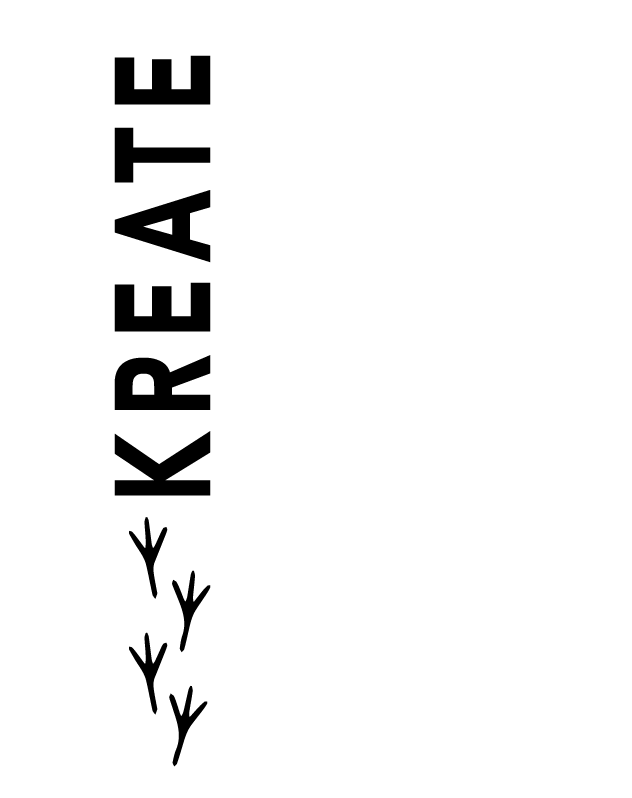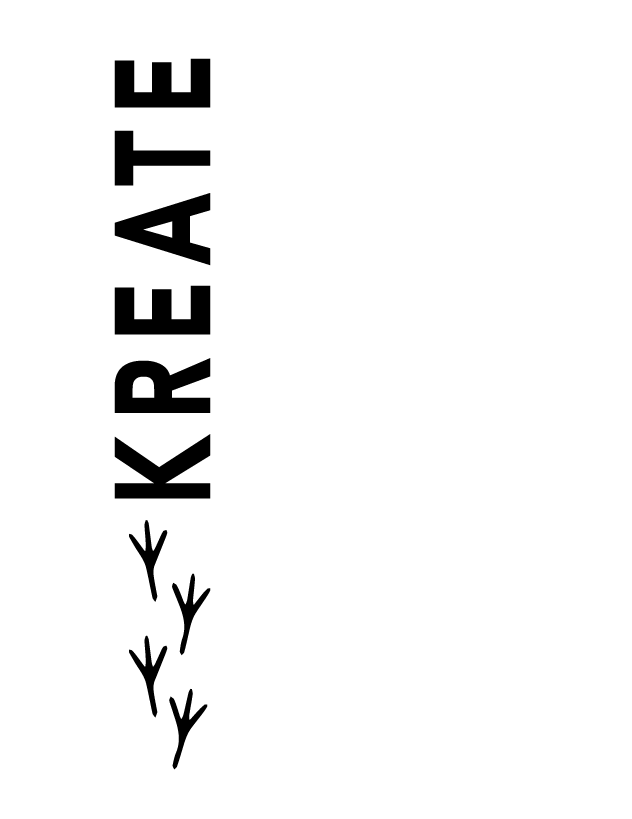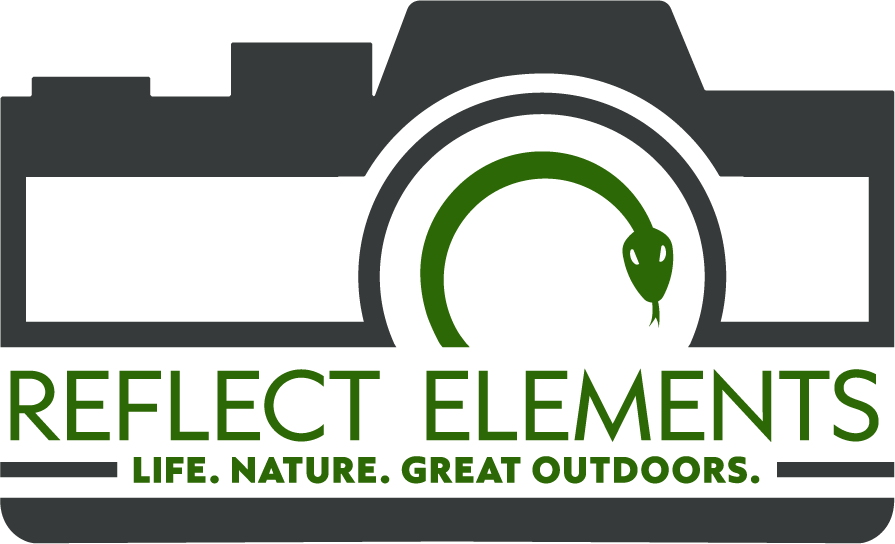OBSERVE THE WHOLE PROCESS
|
|
CASE STUDIES
step
01
WIRE-FRAMING & CONTENT DEVELOPMENT
step
02
UX/UI DESIGN & STORE
step
03
SEO RESEARCH
step
04
UPDATES & SUPPORT
Content Development
Content development begins with the client. The client fills out a form with as much information as possible to kick-start the creative process. This information gathering process is crucial to ensure that the designer understands the client's needs, preferences, and goals for the website.
The web designer will typically conduct an initial meeting or consultation with the client to discuss their vision for the website. During this meeting, the designer will ask questions to understand the client's business or organization, target audience, and desired functionality of the website.
The designer will also want to know about the client's branding and visual preferences, such as their preferred color schemes, fonts, and imagery. It's important for the designer to have a clear understanding of the client's branding and style to create a website that accurately reflects the client's brand.
After the initial meeting, the designer will typically request additional information from the client. This may include content such as text, images, and videos that the client wants to include on the website. The designer will also want to know about any existing website or social media accounts the client may have, as well as any competitor websites that the client likes or dislikes.
Website Building
With this information in hand, the web designer will begin the wire-framing and rough drafting process. Wire-framing involves creating a basic layout or blueprint of the website, including the placement of key elements such as navigation menus, headers, and content sections. The designer may create multiple wire-frames to explore different layout options and get feedback from the client.
Once the wire-frames are approved, the designer will move on to creating rough drafts of the website design. This involves creating a visual representation of the website, including the colors, typography, and imagery. The designer may create multiple rough drafts to explore different design options and get feedback from the client.
To start the website, the web designer will need access to any necessary domain and hosting accounts. The designer will also need access to any content provided by the client, as well as any branding materials such as logos and color schemes. Depending on the complexity of the website, the designer may also need to work with other professionals such as developers, copywriters, and SEO specialists to create a complete and effective website.
WORKING TOGETHER
We work with you to come up with the very best solutions for your challenges!
Building and finishing a website requires a variety of skills and expertise, including web design, photography, graphic design, and content writing. Here is an overview of how a web designer typically approaches each of these aspects of website creation:
Once all of these elements are in place, the web designer moves on to building the website itself. This typically involves using HTML, CSS, and JavaScript to code the website, or using a website builder tool such as WordPress or Wix to create the website without coding. The web designer may also work with other professionals such as developers or SEO specialists to ensure the website is fully functional and optimized for search engines.
01
WEB DESIGN
The web designer starts by creating a wireframe of the website, which serves as a basic blueprint for the layout and structure of the site. Once the wireframe is approved by the client, the designer moves on to creating the visual design of the website, which includes choosing colors, typography, and imagery that align with the client's branding and messaging.
02
PHOTOGRAPHY
If the client needs new photographs for the website, the designer may take photos themselves or work with a professional photographer to capture high-quality images that align with the website's messaging and branding.
03
LOGOS & GRAPHIC DESIGN
The web designer may create logos and other graphic design elements for the website, using tools such as Adobe Illustrator or Canva. This can include designing icons, buttons, and other elements that enhance the visual design of the website.
04
CONTENT WRITING
While the web designer is primarily responsible for the visual design of the website, they may also be involved in writing or editing website content. Alternatively, the client may provide their own content or work with a separate content writer to create website copy that aligns with their messaging and branding.
FAQ'S
-
How long does it take?
Depending on how many pages you need, products you want to sell, and graphic design needed, it can take from 3 weeks to 4 months.
-
What content do I need?
As much as possible. The most information and content you can provide from the beginning, the faster the process will go. If you need content like photography and graphic design, those can be requested for an additional fee.
-
How many products can I sell?
You can sell as many product as you want. Additional fees may be required for large amounts of products.
-
How much does it cost?
A basic template website will cost around $399 and custom websites can cost up to $3999 depending on how large the site will be. Monthly hosting and maintenance will be $80/month after the website is built and initial fees are paid.
-
What is SEO?
SEO is the process of improving the visibility and ranking of a website or web page in search engine results pages (SERPs) through techniques such as keyword research, content optimization, and link building.
The goal of SEO is to increase the quantity and quality of organic traffic to a website, ultimately resulting in increased visibility, engagement, and conversions.
BACK TO TOP



